Filter data
|
ID |
Nickname |
Country / City |
Languages |
Taxonomies |
Comment |
Project / Group |
Map |

|
54932
|
|
Germany
Düsseldorf
|
|
|
—
|
HHU Campus
|
|

|
120468
|
hockeyvicky
|
Germany
München
|
|
|
K BEAUTY HOUSE
|
SL
|
|
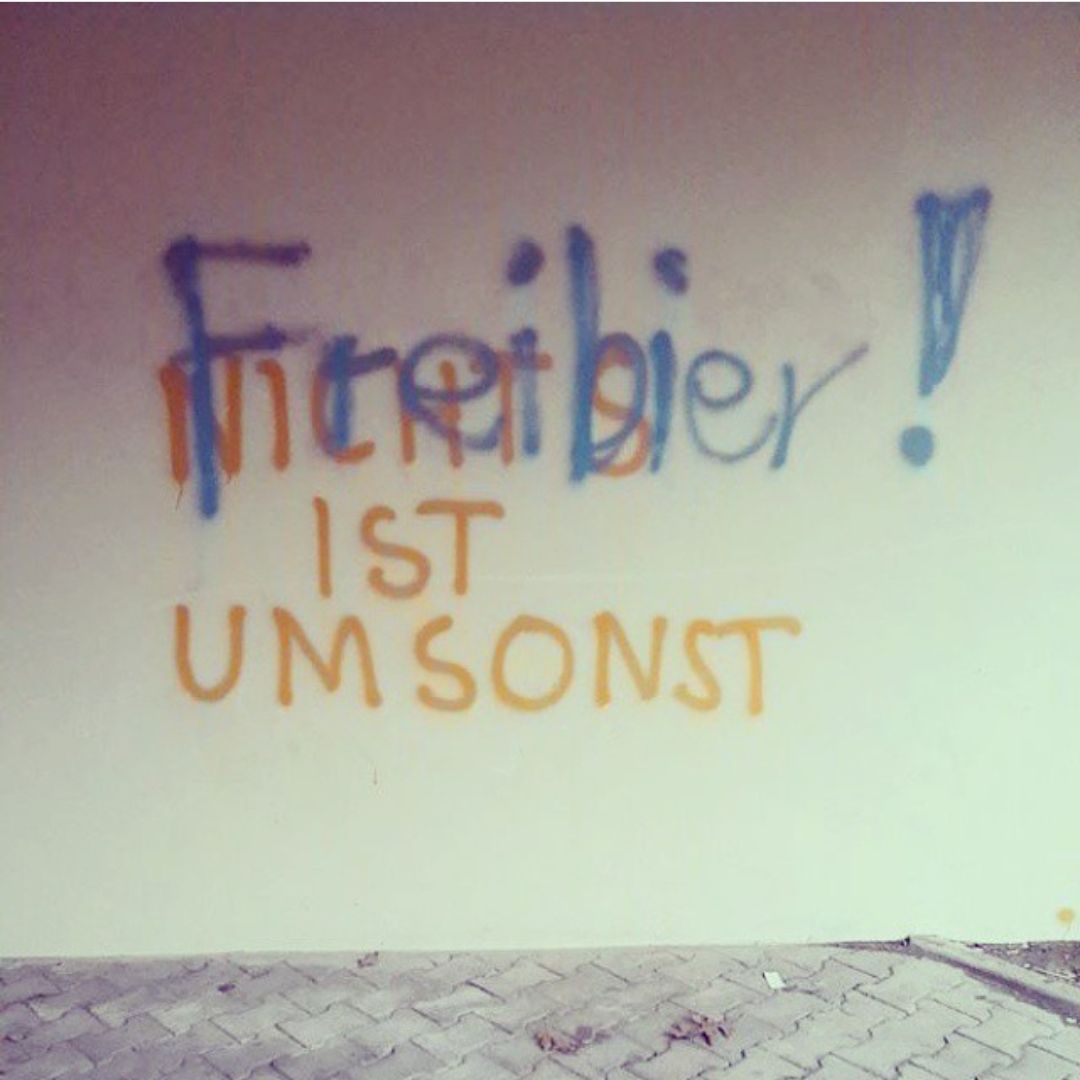
|
58772
|
|
Germany
Paderborn
|
|
|
03.06.2015. Südringunterführung.
|
50upb
|
|

|
59540
|
|
Germany
Duisburg
|
|
|
Du_LN
|
ess:inn
|
|
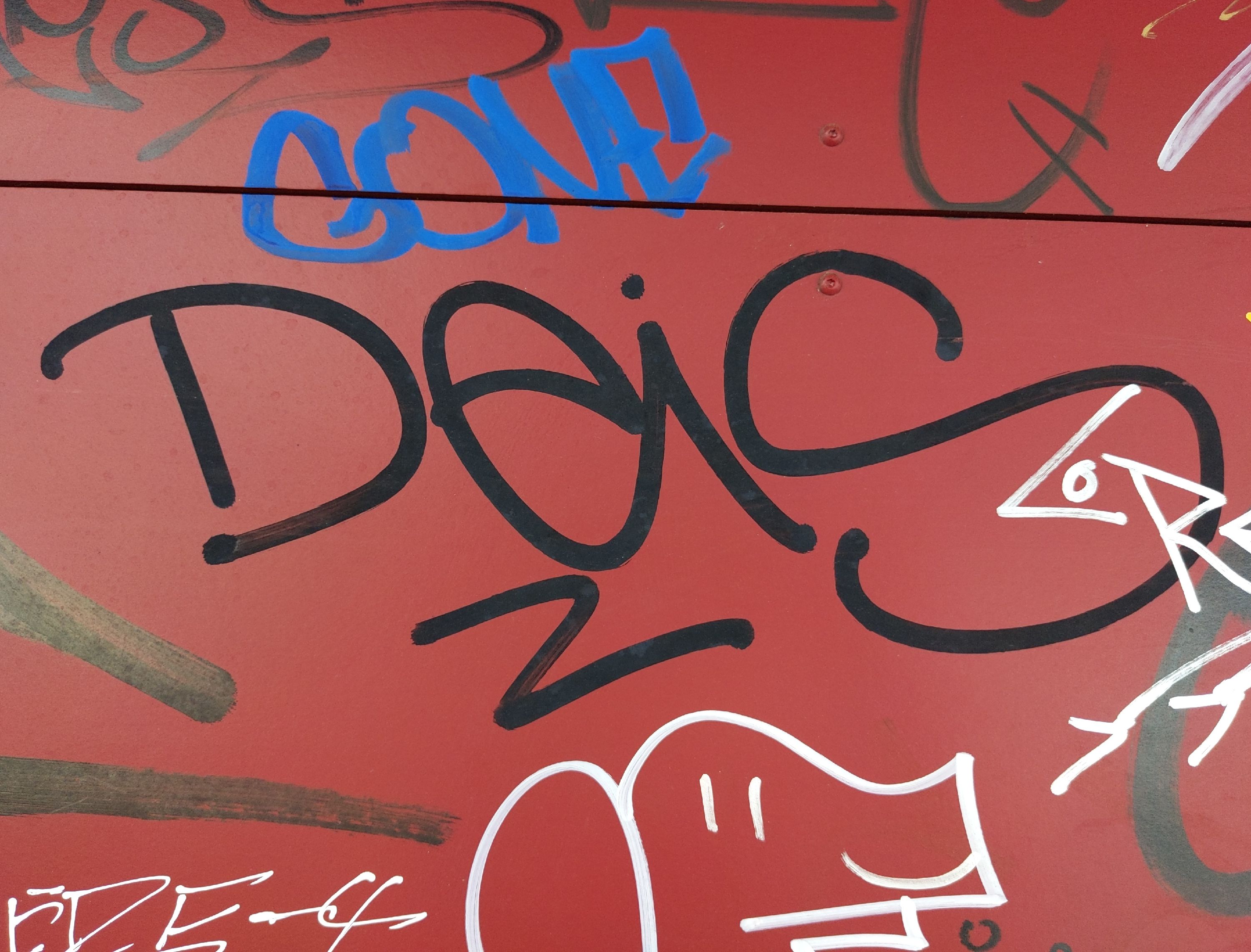
|
59796
|
|
Germany
Karlsruhe
|
|
|
Deis
|
KAGraffiti
|
|
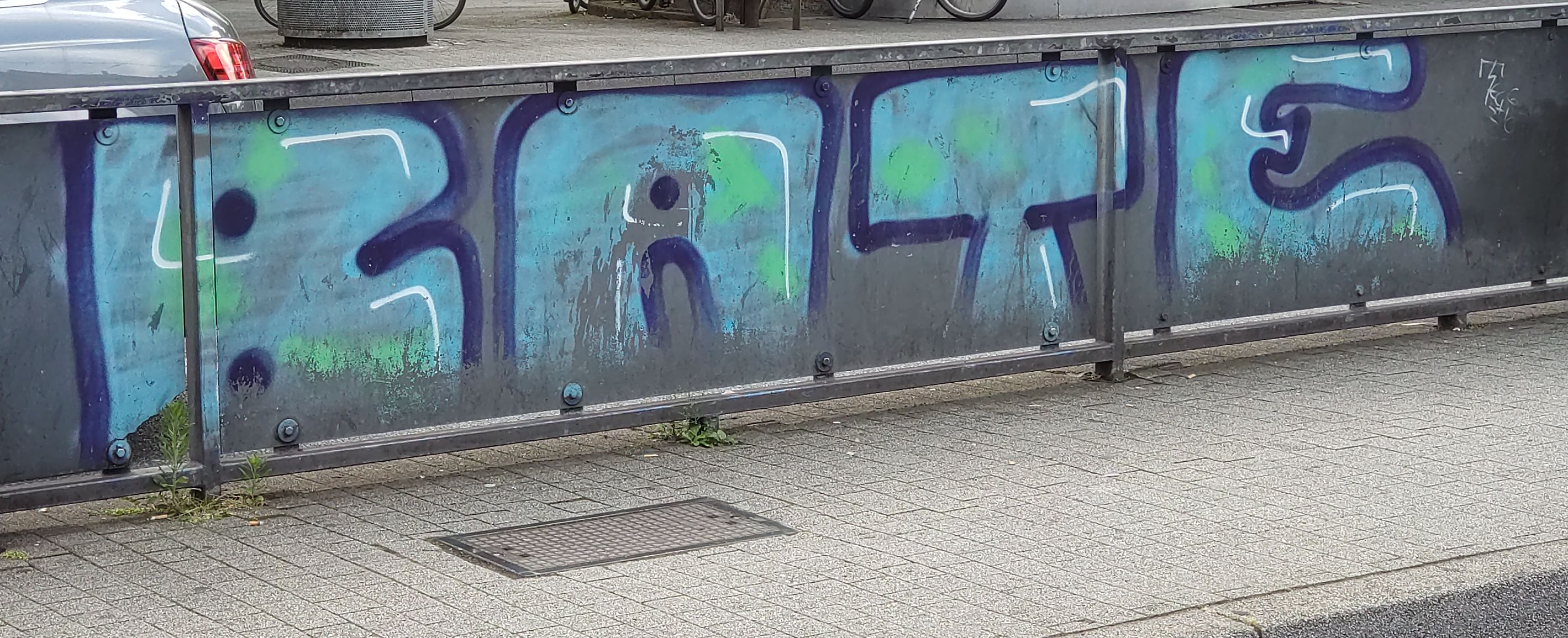
|
60564
|
|
Germany
Karlsruhe
|
|
|
—
|
KAGraffiti
|
|
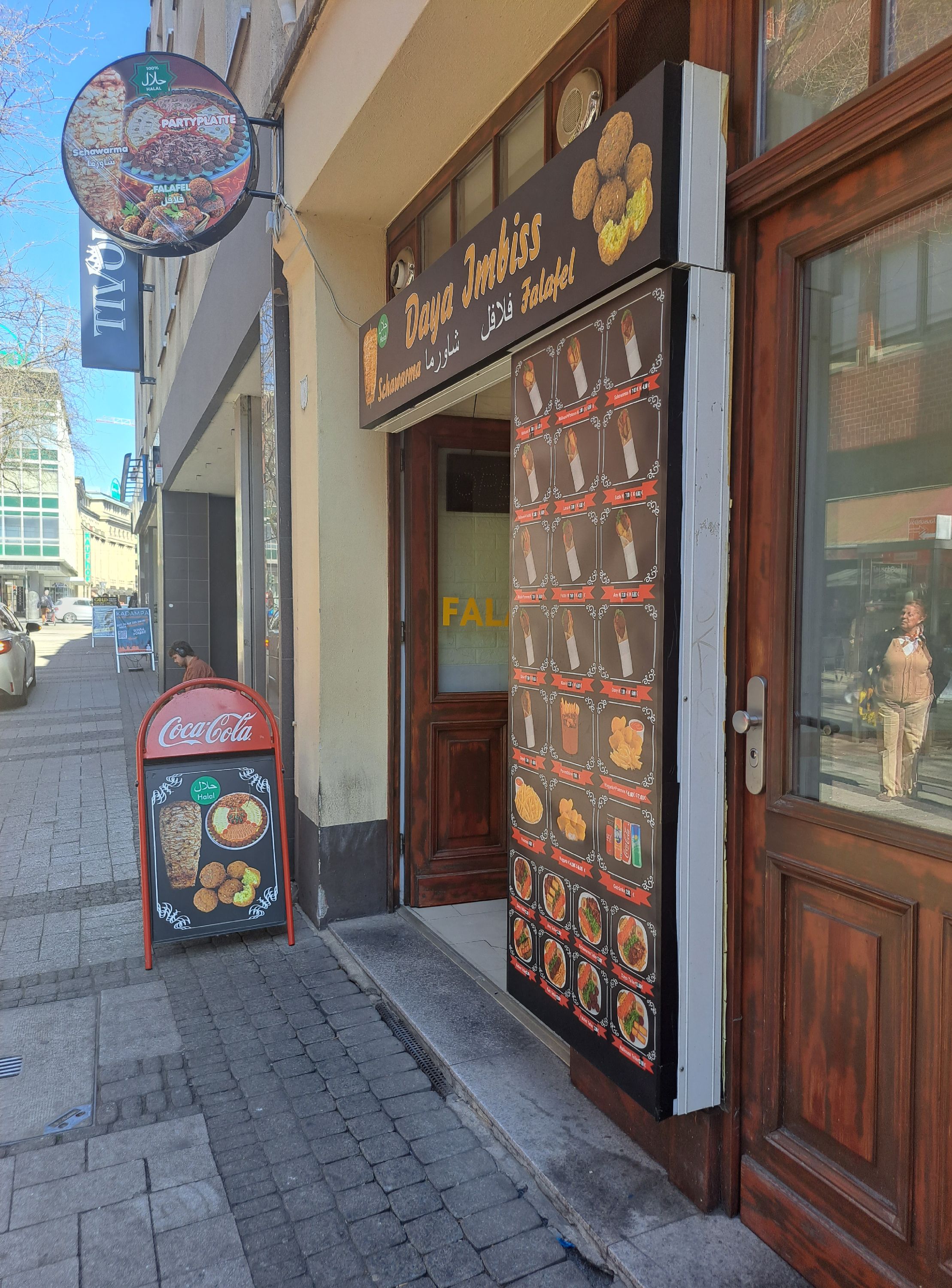
|
126868
|
Nicolas Güntner
|
Germany
Köln
|
|
|
Arabisches Restaurant
|
|
|
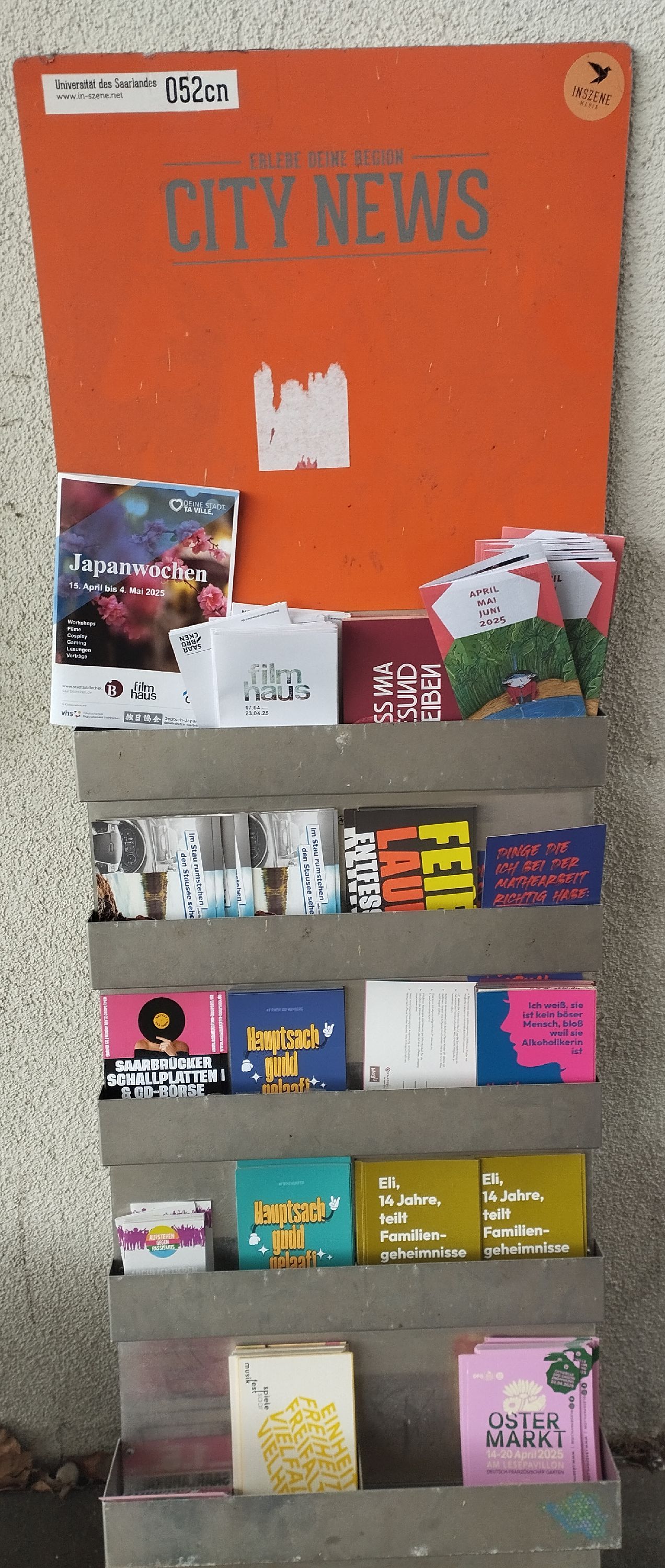
|
128148
|
|
Germany
Saarbrücken
|
|
|
—
|
|
|
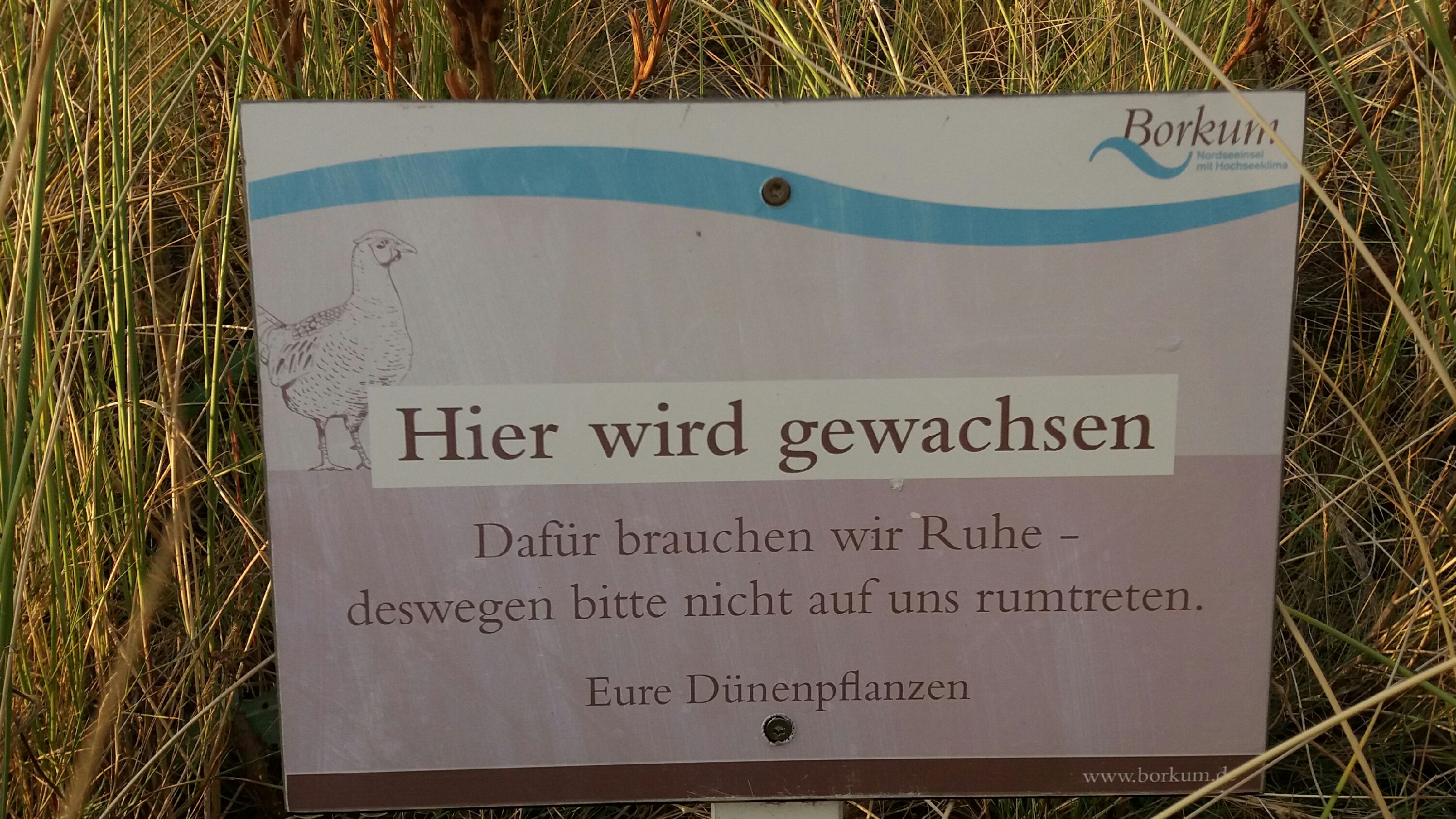
|
917
|
|
Germany
Borkum
|
|
|
—
|
|
|
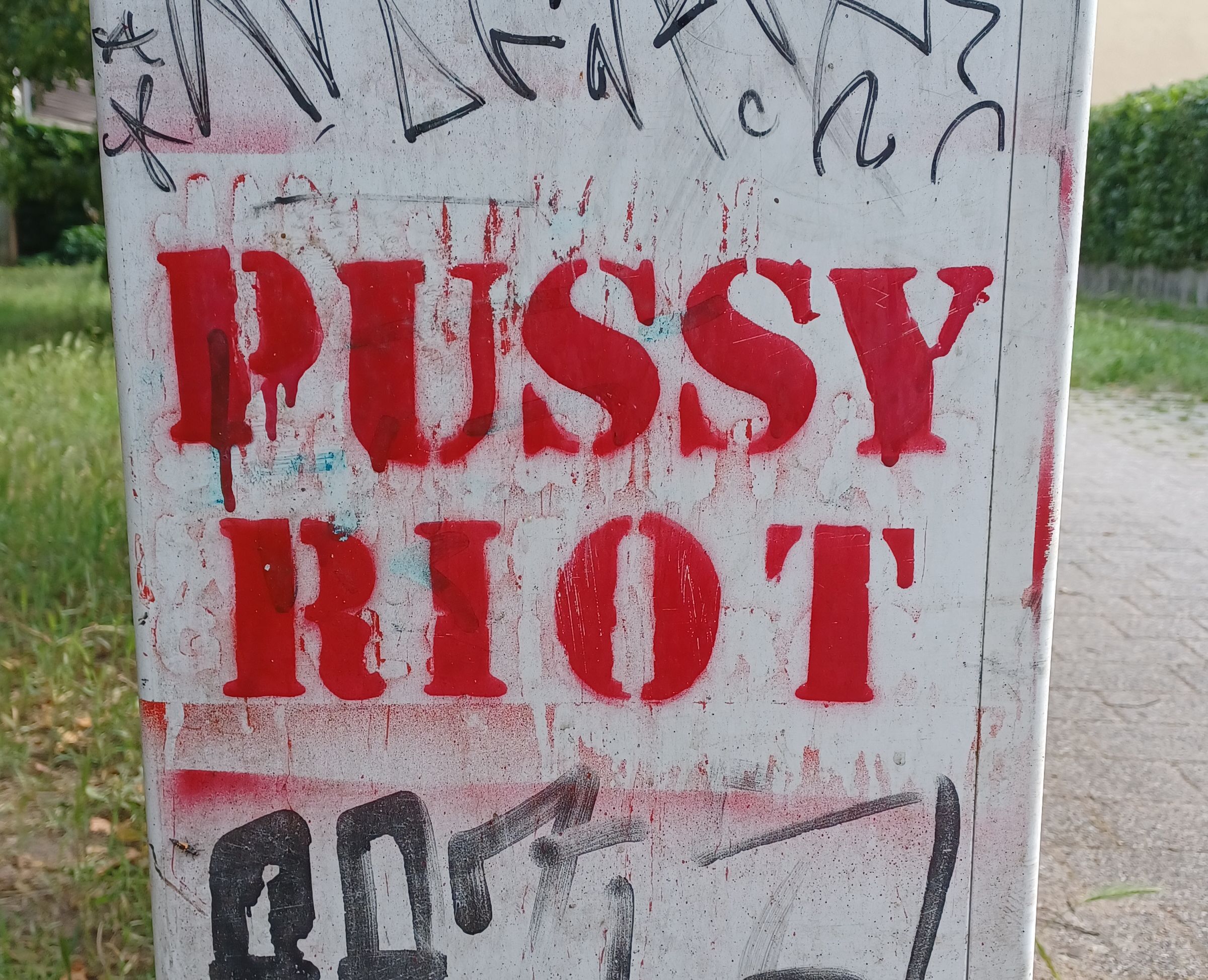
|
132501
|
JLA
|
Germany
Karlsruhe
|
|
|
JLA, Stencil
|
KAGraffiti
|
|
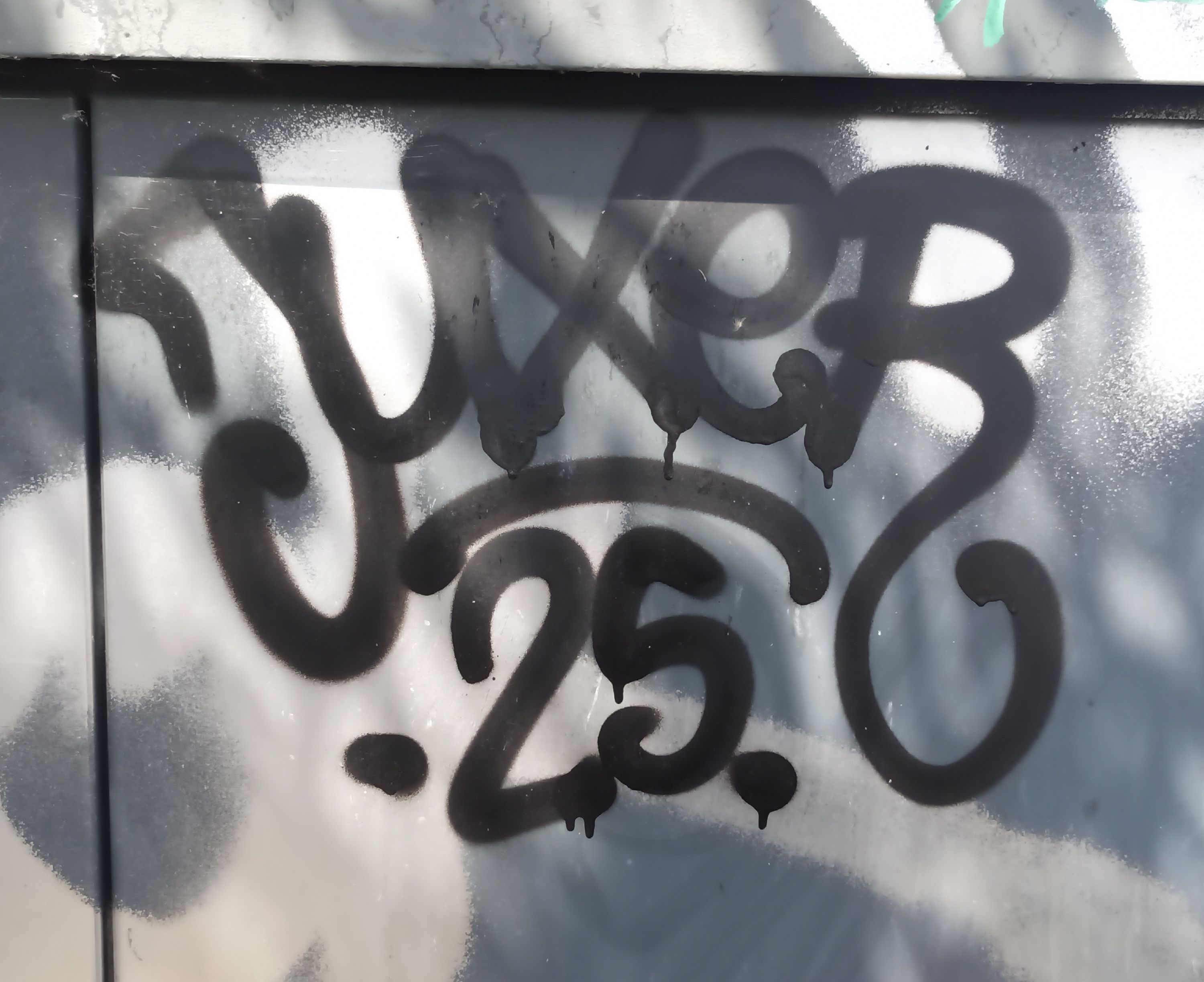
|
132757
|
EST
|
Germany
Karlsruhe
|
|
|
—
|
KAGraffiti
|
|
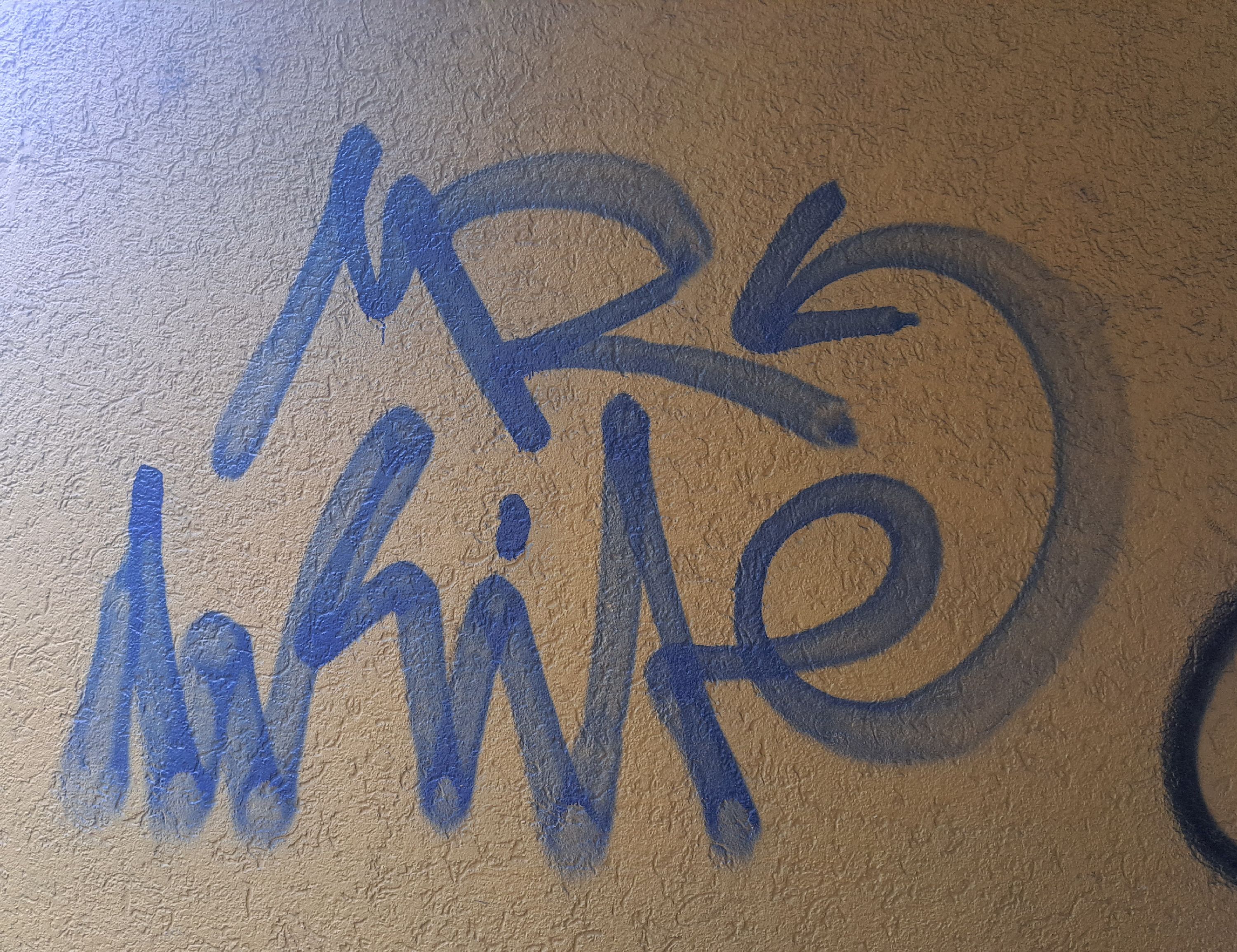
|
133525
|
IEM
|
Germany
Karlsruhe
|
|
|
—
|
KAGraffiti
|
|

|
2709
|
|
Germany
Hamburg
|
|
|
—
|
|
|
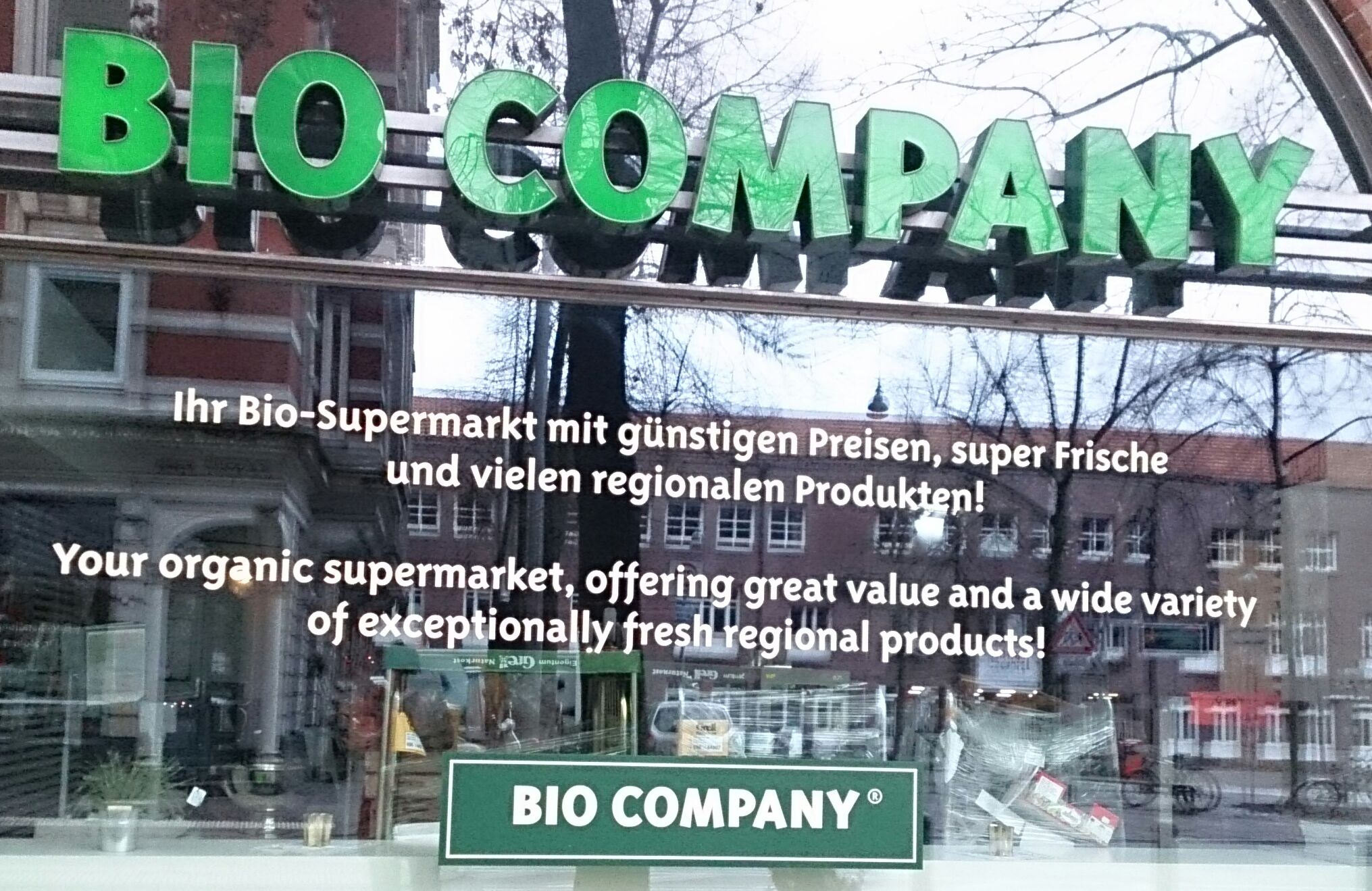
|
2965
|
|
Germany
Hamburg
|
|
|
—
|
|
|

|
19861
|
|
Germany
Greifswald, Riems
|
|
|
Kindertagesstätte "Inselkrabben", altes Schild, Insel Riems
|
M.A.N.
|
|

|
20885
|
|
Germany
Bad Bevensen
|
|
|
—
|
|
|
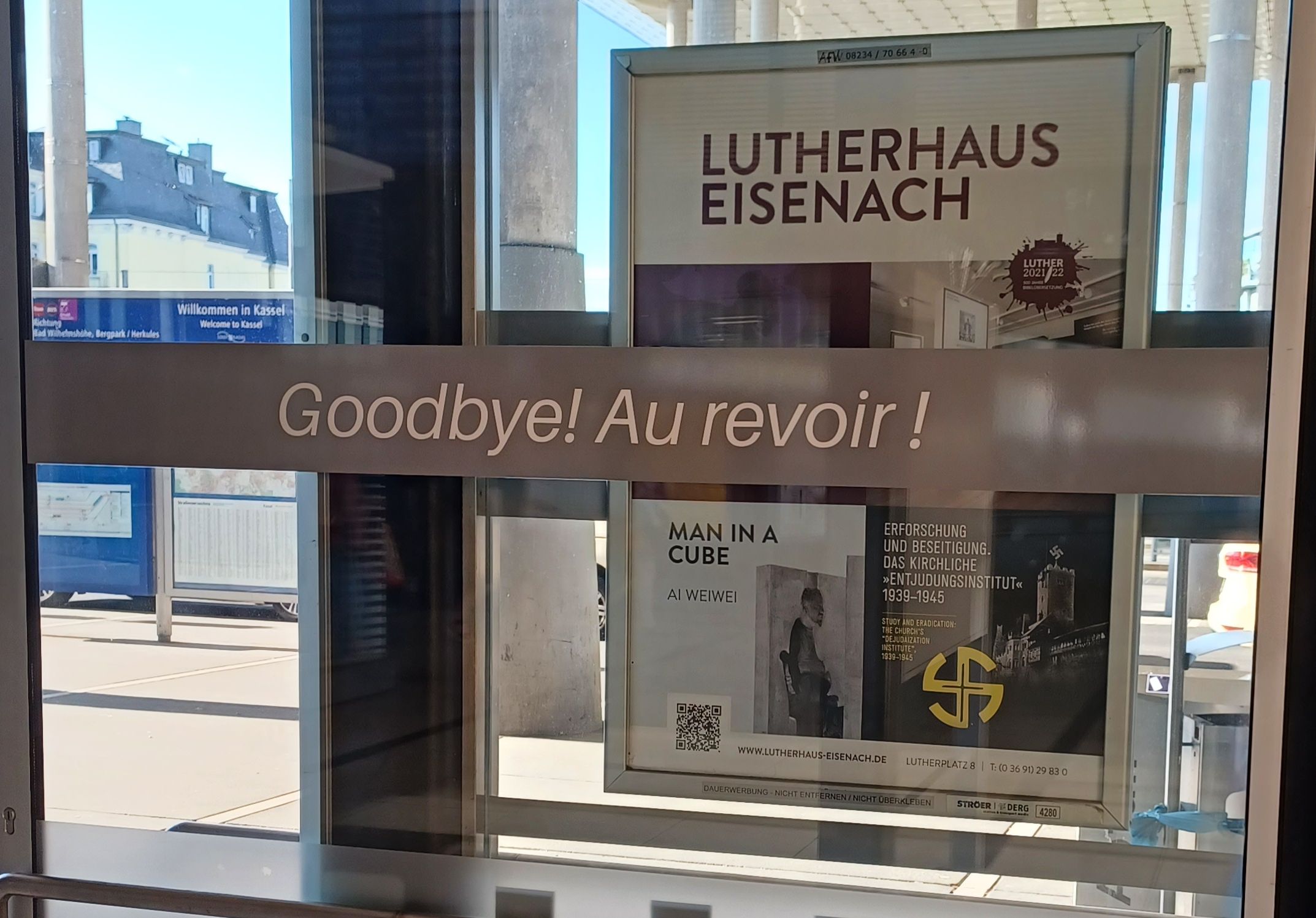
|
86421
|
|
Germany
Kassel
|
|
|
—
|
|
|
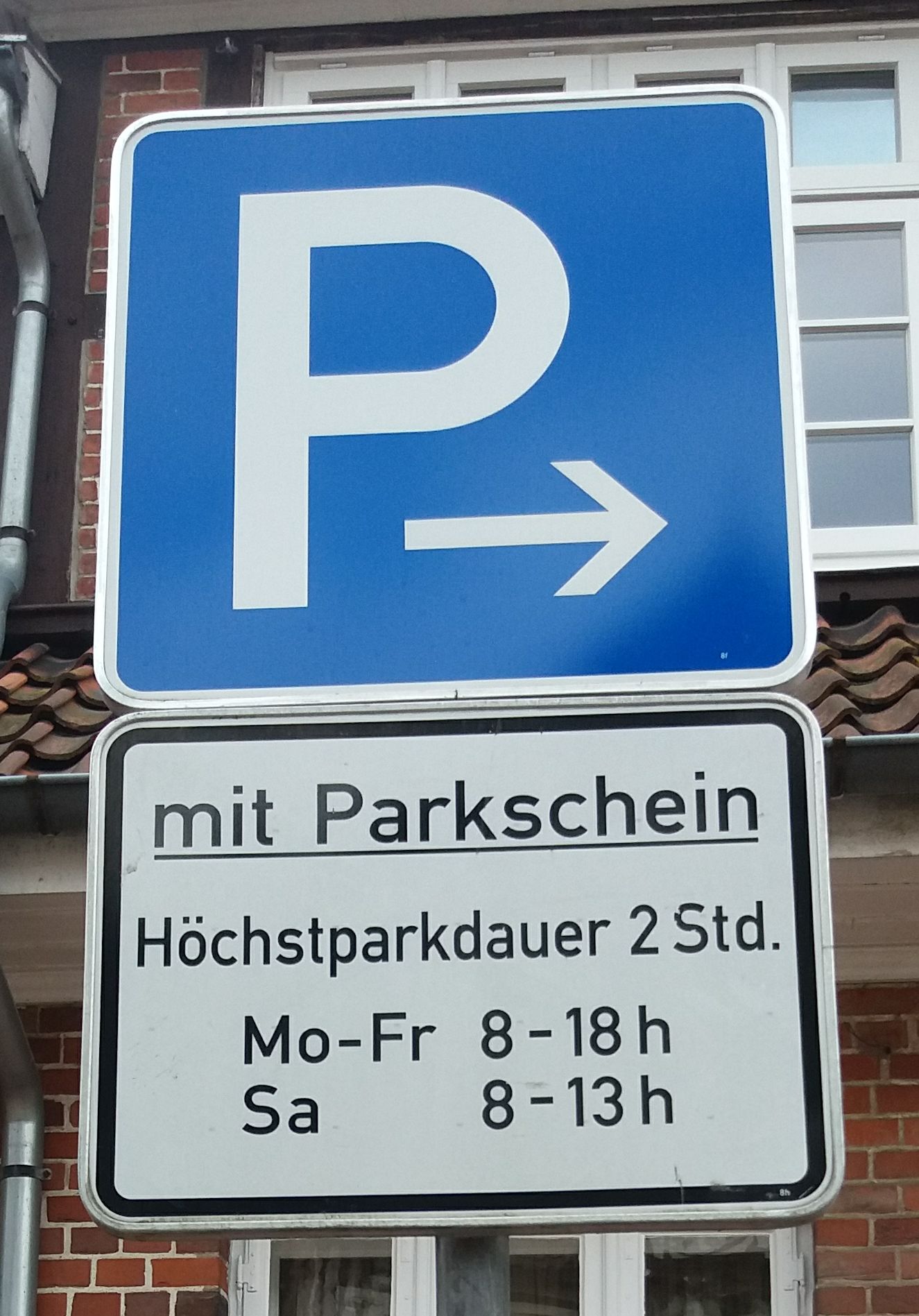
|
21397
|
|
Germany
Bad Bevensen
|
|
|
—
|
|
|
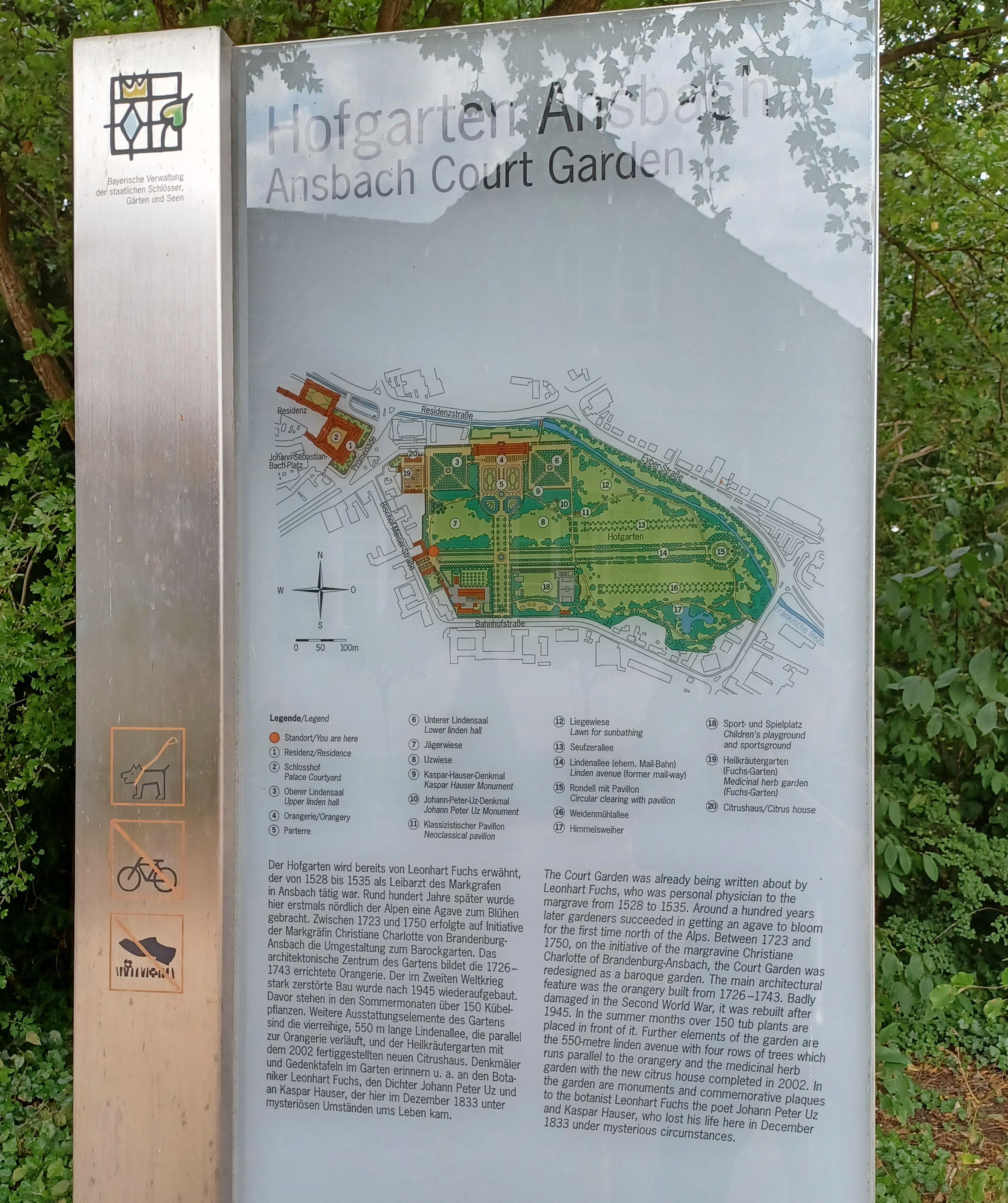
|
86933
|
|
Germany
Ansbach
|
|
|
—
|
|
|
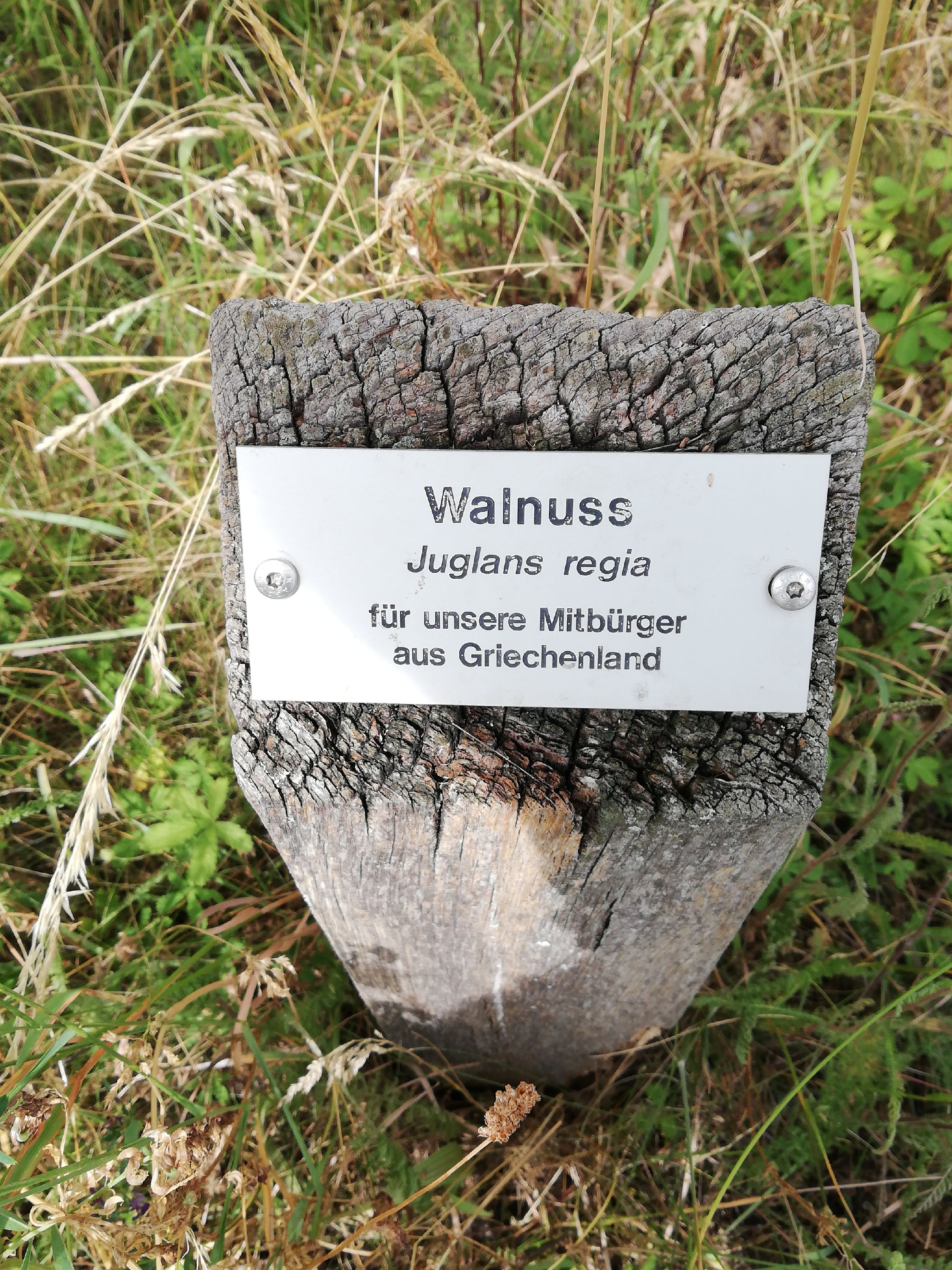
|
23957
|
|
Germany
Würzburg
|
|
|
—
|
|
|